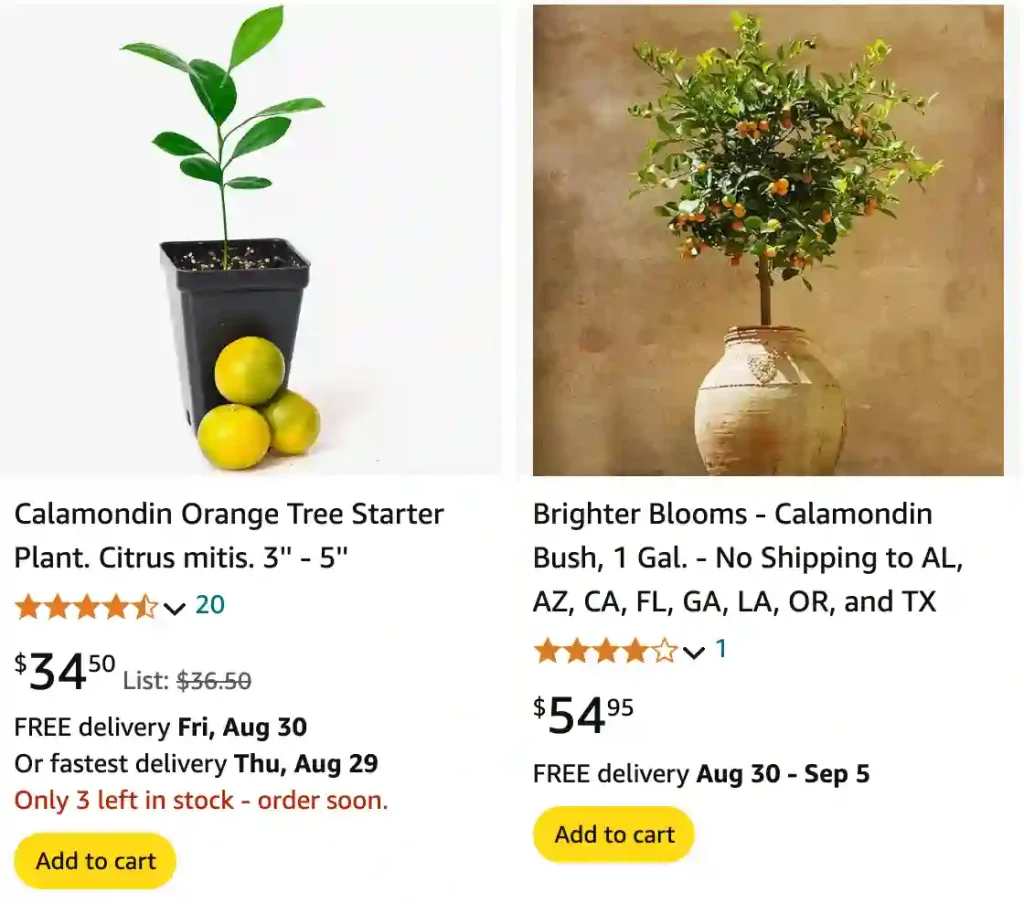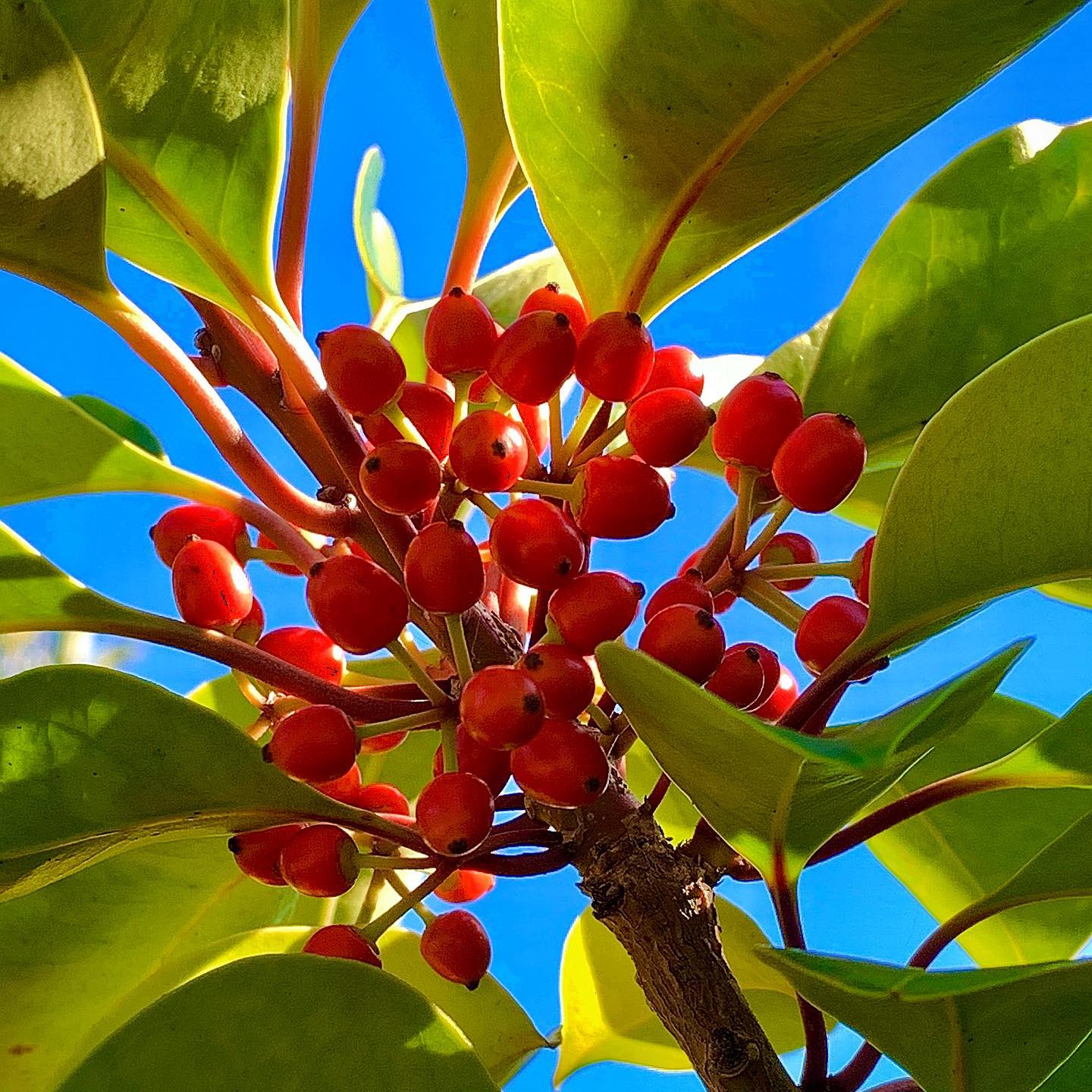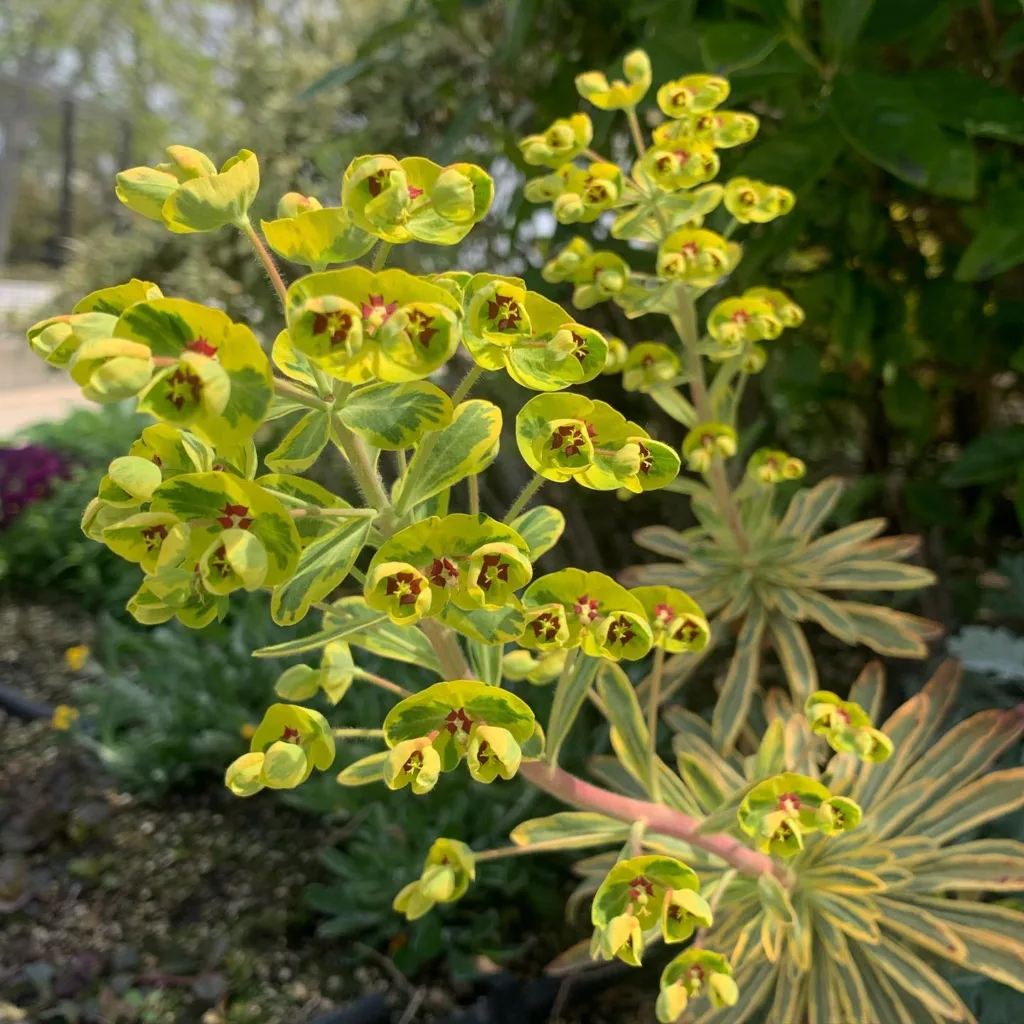
FAQs About Calamondin
If you’ve ever wondered about Calamondin, you’re not alone. This intriguing citrus fruit often pops up in gardening and culinary discussions, leaving many curious about its characteristics and care. Here’s a comprehensive guide to answering some of the most frequently asked questions about Calamondin.
32 Species in Genus Citrus
What is Calamondin?
Calamondin is a small citrus fruit, scientifically known as Citrus Microcarpa. It is native to the Philippines and is prized for its tart flavor. The fruit is typically about 1 to 2 inches in diameter and features a thin, orange skin. It’s used in various culinary applications, particularly in Filipino cuisine, where it’s known for its vibrant acidity and aroma.
Is Calamondin the Same as Calamansi?
Calamondin and Calamansi are often used interchangeably, but they are not exactly the same. While both refer to small, sour citrus fruits used in similar culinary contexts, Calamansi (Citrus microcarpa) is the term more commonly used in the Philippines, while Calamondin is the name used in the United States. In practice, they are very similar and sometimes the terms are used to refer to the same fruit.
Where Can I Buy Calamondin Tree?
You can find Calamondin trees at various places, including online nurseries, garden centers, and specialty citrus growers. Look for reputable sources that specialize in citrus or tropical plants. You might also find them at local farmers’ markets or botanical gardens.
What Does Calamondin Taste Like?
Calamondin has a unique flavor profile. It’s quite tart, with a citrusy zing that’s more intense than lemons but less harsh than limes. The taste is often described as a mix between tangerine and lime, making it a versatile ingredient in both sweet and savory dishes.
Can Calamondin Survive Winter?
Calamondin is not frost-tolerant, so it’s best to protect it from cold temperatures. If you live in a region with harsh winters, consider growing Calamondin in a pot so you can bring it indoors during the colder months. Alternatively, you can use frost cloths or build a protective shelter to shield the tree from freezing temperatures.
Can You Eat Calamondin Skin?
Yes, you can eat the skin of Calamondin, though it is quite tart and can be a bit bitter. The peel is often used in cooking and preserves to add flavor. However, most people prefer to use the juice and zest rather than consuming the skin directly.
Can You Grow Calamondin from Seed?
Yes, you can grow Calamondin from seed, though it requires patience. Start by planting the seeds in a well-draining soil mix and keep them in a warm, sunny spot. Germination can take several weeks to a few months. Seed-grown trees may take several years to bear fruit compared to grafted trees.
How Big Do Calamondin Trees Get?
Calamondin trees are relatively small compared to other citrus varieties. They typically reach a height of 6 to 12 feet, making them suitable for container growing and small gardens. Their compact size also makes them an excellent choice for indoor cultivation.
How Often to Water Calamondin?
Calamondin trees need regular watering to thrive. Aim to keep the soil consistently moist but not waterlogged. During the growing season, water the tree once a week or when the top inch of soil feels dry. In winter, reduce watering as the plant’s growth slows down.
How to Grow Calamondin in Pots?
Growing Calamondin in pots is a great way to manage its size and protect it from harsh weather. Use a pot with good drainage and a high-quality potting mix. Place the pot in a sunny location where the tree can get at least 6 hours of sunlight daily. Regularly check for pests and ensure proper watering and fertilization.
How to Make Calamondin Bear Fruit?
To encourage fruiting, ensure your Calamondin tree receives plenty of sunlight and is well-fed with a balanced fertilizer. Calamondin trees generally require a minimum of 6 hours of direct sunlight daily. Pruning the tree can also help improve air circulation and encourage fruit production.
How to Repot a Calamondin Tree?
Repotting a Calamondin tree involves choosing a slightly larger pot and gently transferring the plant without damaging the roots. It’s best to repot during the spring or early summer when the plant is actively growing. Be sure to use fresh potting mix and water the plant thoroughly after repotting.
Calamondin vs. Calamansi
As mentioned earlier, Calamondin and Calamansi are often confused but are essentially the same fruit. The terms are regional variations, with Calamansi being the name used in the Philippines and Calamondin in other parts of the world.
Calamondin vs. Kumquat
Calamondin and Kumquat are different citrus fruits. Kumquats are generally sweeter with a tangy skin and can be eaten whole. In contrast, Calamondin is more sour and has a thinner skin. Kumquats are typically larger and can be consumed fresh, while Calamondin is often used in cooking and preserves.
Calamondin vs. Clementine
Clementines are a variety of mandarin oranges known for their sweet flavor and easy-to-peel skin. They are larger and sweeter compared to Calamondin, which is much smaller and tart. Calamondin is more commonly used in recipes, whereas Clementines are enjoyed fresh.
Calamondin vs. Lemon
Lemons are larger and have a more intense sour flavor compared to Calamondin. Lemons are versatile and used in a wide range of dishes and beverages, while Calamondin is more specialized, often used in Filipino cuisine for its unique tanginess.
Calamondin vs. Lime
Limes are generally more acidic and less sweet than Calamondin. While both are used to add tartness to dishes, Calamondin has a more complex flavor profile, often with a slight sweetness. Limes are more common in Western cuisine, whereas Calamondin is featured prominently in Southeast Asian cooking.
Calamondin vs. Mandarin
Mandarins are sweet and easy to peel, making them a popular fruit for snacking. Calamondin, on the other hand, is much smaller and has a sour taste. While mandarins are enjoyed fresh, Calamondin is often used in cooking and preserves due to its tartness.
Calamondin vs. Meyer Lemon
Meyer Lemons are sweeter and less acidic compared to regular lemons and Calamondin. They have a thin, smooth skin and a floral flavor. Calamondin, with its tangy and slightly bitter taste, is different from Meyer Lemons, which are preferred for their sweetness in desserts and drinks.
By addressing these common questions and comparisons, I hope this guide helps clarify the characteristics and care requirements of Calamondin. Whether you’re a seasoned gardener or just curious about this unique citrus fruit, understanding its nuances can enhance your appreciation and use of Calamondin in your kitchen and garden.
If i die, water my plants!



